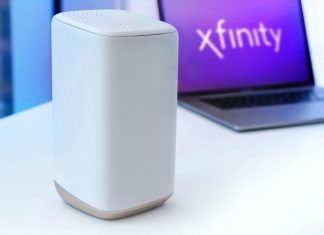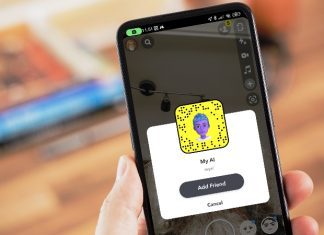Businesses, schools, and other organizations can benefit significantly from integrating digital signage into their communication strategies. It allows you to transmit information that people need to know precisely where they need it, such as in lobbies and foyers, classrooms, conference rooms, and public parts of the building. It is far more successful than conventional static signs for attracting customers, storing information, and delivering information.
However, historically speaking, the cost has been relatively high. Even while prices have dropped and installing even the most basic digital signage stacks does not now cost thousands of dollars, there is still a significant barrier to entry in the form of a technical one.
Why Choose Android Digital Signage?
Android digital signage offers several significant benefits that are not shared by other, more involved systems. In particular, it is simpler to start with and requires less effort to manage if you do not have any previous expertise with digital signs.
Cost-Effective
You may begin utilizing Android digital signage on devices that are easily accessible and cost as low as $10 to get started. The prices of the many Android-compatible devices and screens, including Android TV, are competitive, and choice is abundant because of the enormous number of service providers that provide these products. Ensure you use the perfect software like LOOK DS to cut costs.
It is Simple to Set Up and Use
Android is widely used, and its interface is easy to understand. There is no new operating system to learn, and most individuals required to use it are already familiar with how to do so.
A Wide Variety of Hardware Choices
You have many hardware alternatives to choose from, including Android sticks, tablets, and smartphones. It provides you with a wide variety of choices as well as a wide variety of backup solutions.
If you decide to utilize Android for your digital signage, you won’t need to invest in a media player specifically designed for professional usage. Instead, you can simply “plug and play” most of your equipment, which will be of consumer quality.
What Screens can you Use with Android Digital Signage?
Because it plays the signs schedules via a setup meant for viewing TV, Android digital signage has a wide range of options available in terms of screen configurations. If you have the opportunity, the Android TV may cut down your hardware requirements even further; however, this comes at the risk of further securing you into a consumer-focused environment, which may not be suitable for your purposes in the long run.
You can use:
Android TV
You may set up your player straight via the TV using the remote control or even the voice assistant if it is an Android TV. It is possible since Android TVs come pre-loaded with Android OS and have access to the Play Store.
In this implementation, the Android TV serves as the whole of the system, including the screen, and software player, into a single unit. This is beneficial since it simplifies the process, but you may save money by assembling the system from individual components instead. On the other hand, if your Android TV stops working, you will need to repair or replace the whole device, not just a single portion.
Standard Flatscreen TV
You can use an external hardware media player with any standard-definition flat-screen television. Therefore, setting it up is more complicated, but you may change the components more quickly. There are many options available for this kind of setup, like Amazon Fire Stick, Google Chromecast, Xiaomi Mi Box, Nvidia Shield TV, and many others.
Where to Use
When choosing Android-based digital signage, you must consider the content you will display. For example, you can use it to display static content, such as images and text, or dynamic content, such as video. The type of content displayed will determine the hardware and software requirements.
You can use Android-based digital signage in a variety of settings, including:
- Retail stores: product information, special offers, and store hours.
- Restaurants: menu items, specials, and hours of operation.
- Hotels: information about services and amenities, as well as directions and maps.
Android-based digital signage is a versatile solution that you can use in various settings. For example, you can use it to display static content, such as images and text, or dynamic content, such as video. The type of content displayed will determine the hardware and software requirements.






![[LISTS] Best Chat GPT App for iPhone – Can You Handle the Suspense? Best Chat GPT App for iPhone](https://www.techinpost.com/wp-content/uploads/Best-Chat-GPT-App-for-iPhone-324x235.png)

